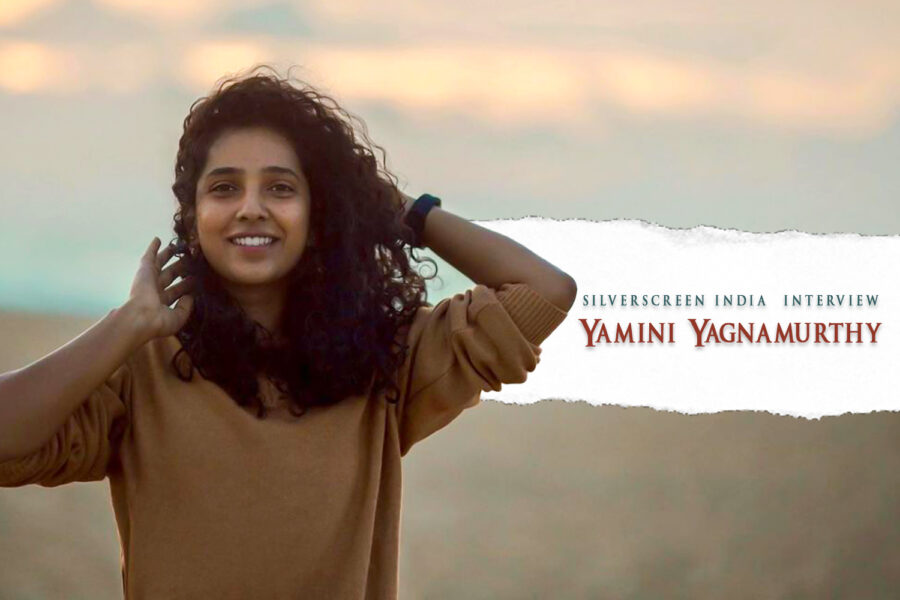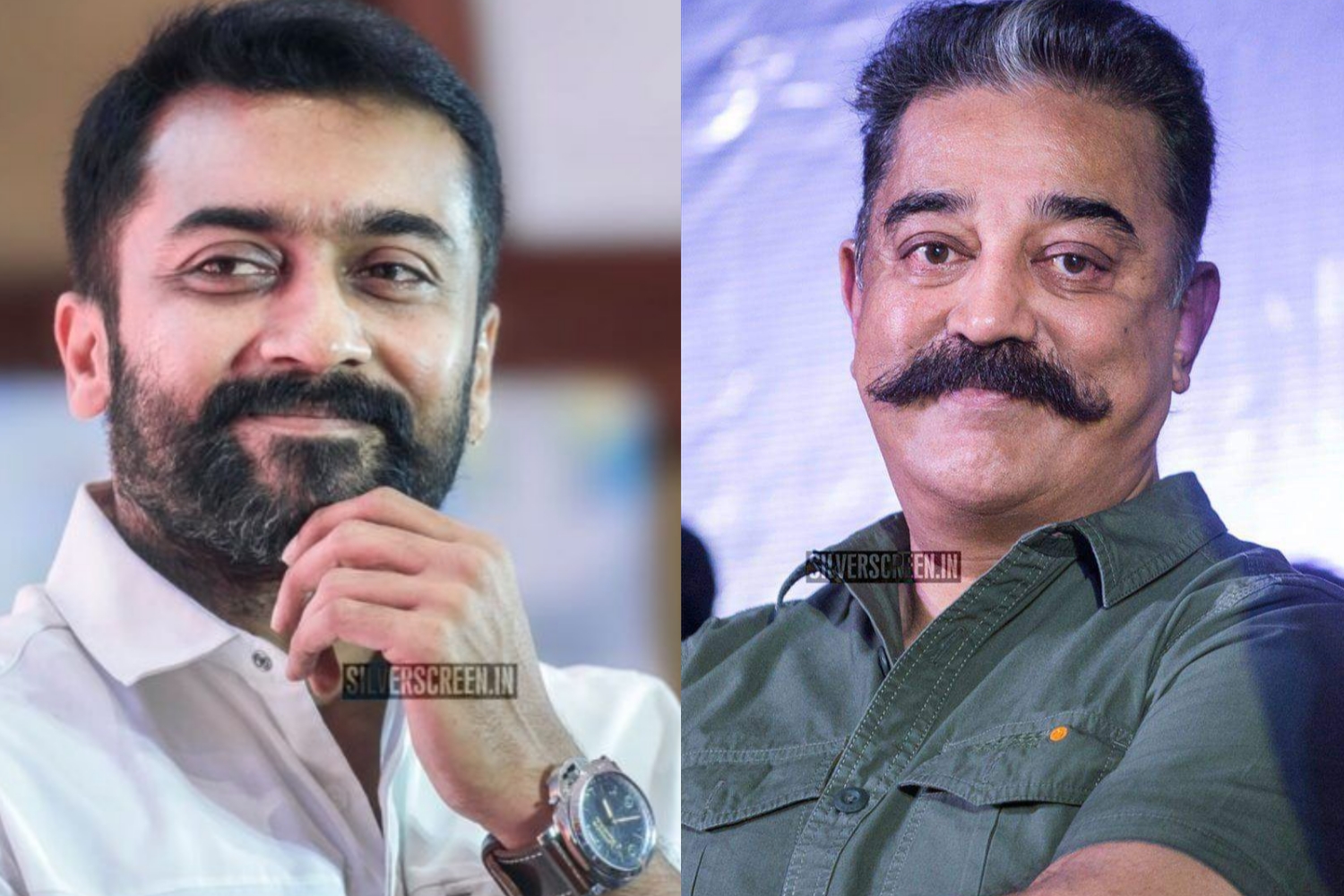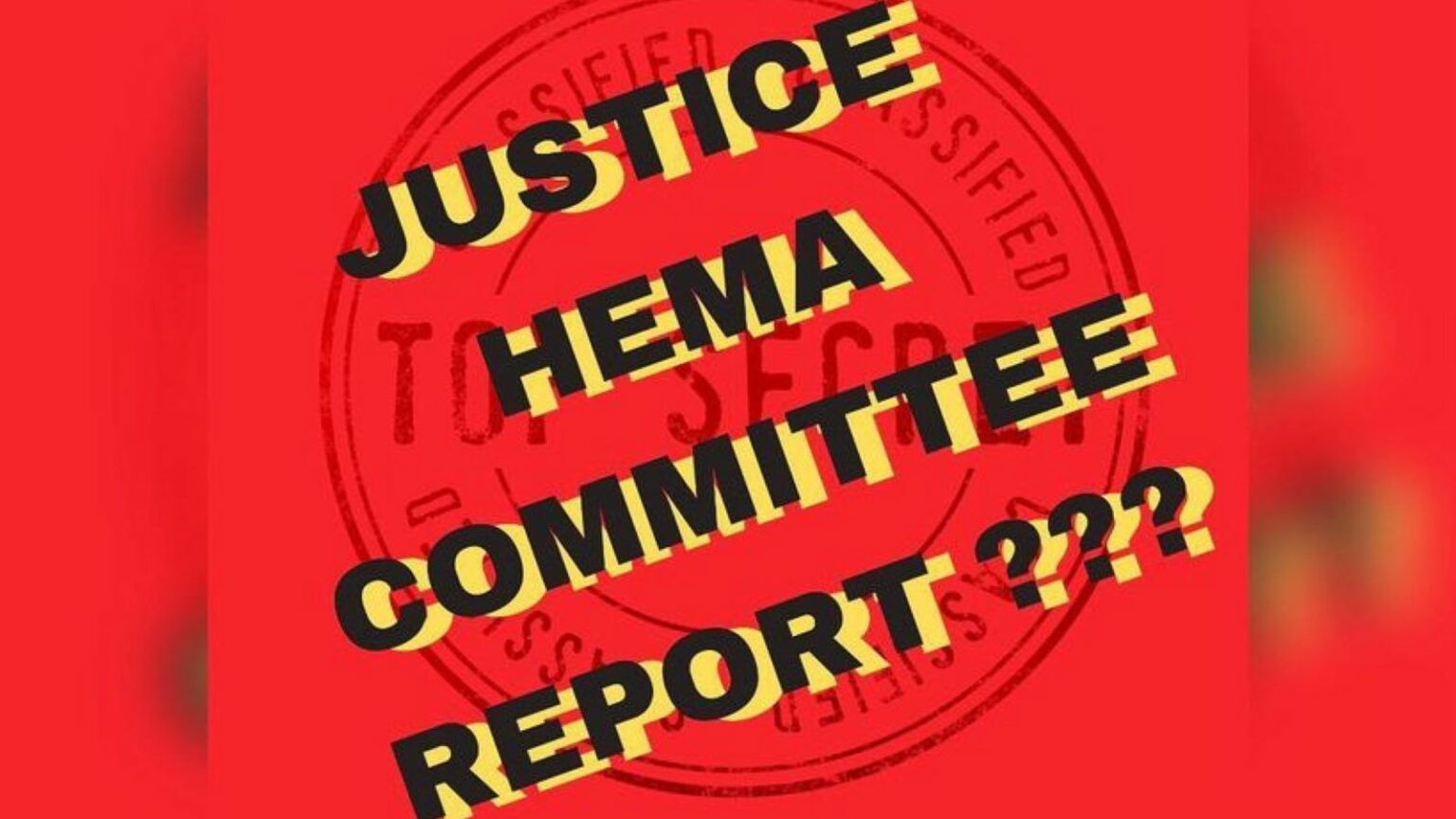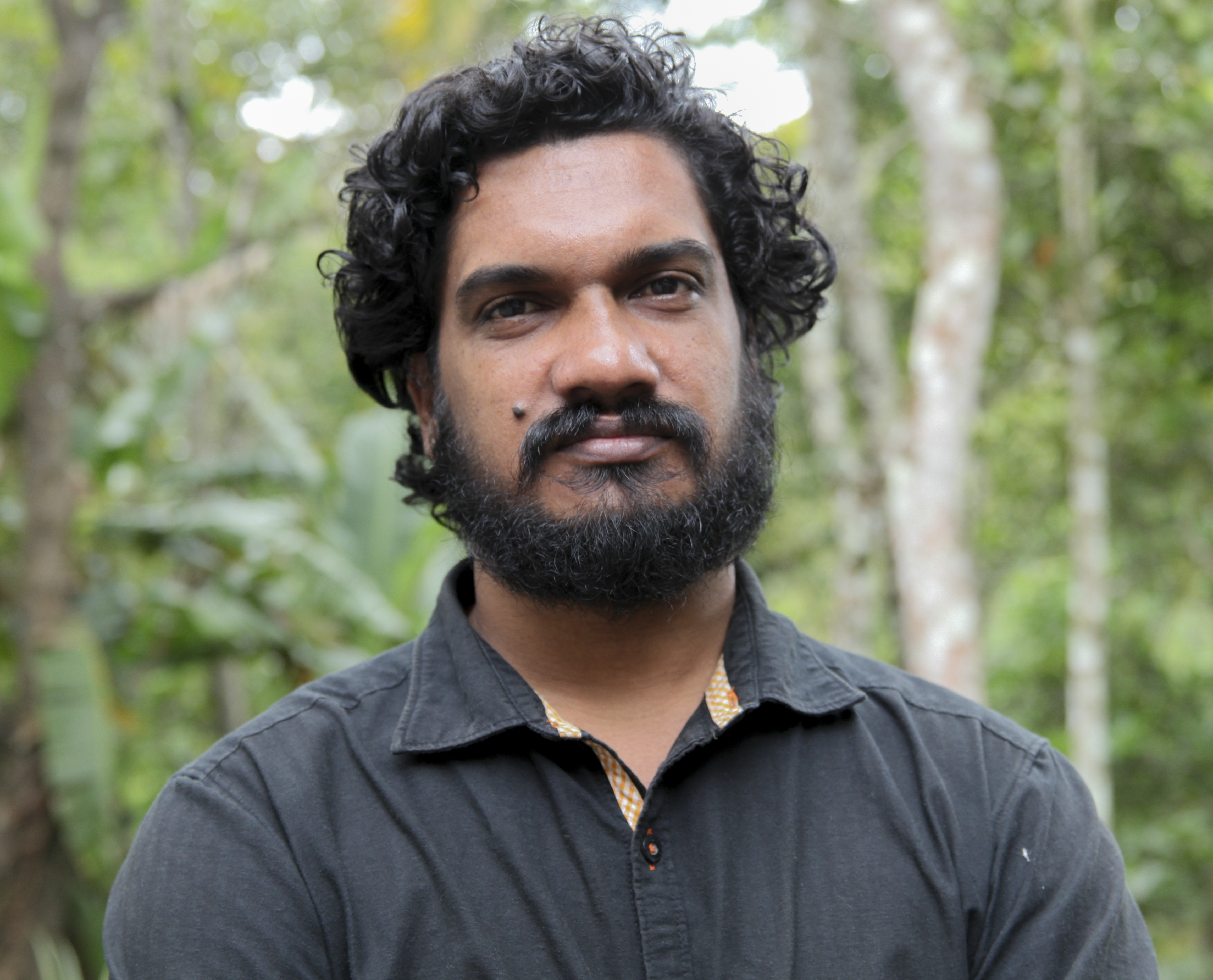While actors Keerthy Suresh and Selvaraghavan are being showered with praise for their performances in the recently-released Tamil film Saani Kaayidham, cinematographer Yamini Yagnamurthy’s work behind the camera has been widely appreciated as well.
Saani Kaayidham is the sophomore directorial of Arun Matheswaran and also the second instalment in his planned revenge trilogy. It was released on Amazon Prime Video on May 6 to positive reception, earning praise for its visual aesthetics and narrative. The film follows Ponni (Keerthy) and her half-brother Sangaiah (Selvaraghavan), who seek revenge after they become victims at the hands of a group of upper-caste men.
A few days after the film’s release, Yamini speaks with Silverscreen India about her work in Saani Kaayidham, her first full-length feature film, its visual narrative, and her experience while working on the project.
Handheld cinematography and visual aesthetics
Yamini used handheld cinematography for filming Saani Kaayidham. “The choice to go handheld was made by the director,” she says. “The input I got at the first meeting was that the visuals needed to be realistic, and show a sense of urgency and spontaneity. We have seen static action films but for this one, we aimed for authenticity with handheld cinematography. We felt it would add more character to the film.”
She explains, “When using a handheld camera, there will be a slight imperfection, as if the person is directly seeing what is happening. That will add more character to the scene and make it more realistic. The audience will consequently not get distracted and will remain more focused.”
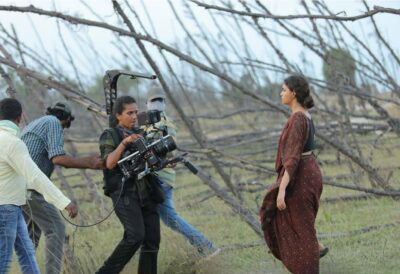
Yamini adds that this is also how she derives her best shots. “I like imperfections, personally. If something is out of focus, but the drama is intact and it works, I would call the take okay. But, of course, it is the director’s call. In this case, the director and I were in agreement.”
A noteworthy aspect about the film is its visual similarity with Arun’s previous film, Rocky. Both films feature monochrome shots, wide frames, and a minimalistic aesthetic. Yamini says she and the director both prefer minimalistic frames. But, she notes that there is a difference between Rocky and Saani Kaayidham in terms of the treatment, drama, lighting, and use of the handheld method.
Wide shots of the landscape appear in the flashback portions of Saani Kaayidham. Speaking about this, Yamini says, “The main, most important character of a film is the location. So, it is crucial to establish the characteristics of the landscape first. When you want to do that, you incorporate a wide shot. We used wide shots to capture places like Rameswaram and Dhanushkodi.”
Showing violence, colours, and lighting
Being a revenge drama, Saani Kaayidham employs violence as one of the elements of storytelling. However, the film has no gore or explicitly violent scenes. Instead, there are suggestions of sexual violence and scenes of blood bath.
Yamini says the credit for this treatment of violence entirely goes to Arun’s writing. “There is no physical contact portrayed, and in terms of framing, I preferred to have more faces to heighten the drama. This is more about what Ponni goes through. So, her face, how to frame it, the manner in which she emotes – capturing all of those elements, in the correct angle, was important.”
The film is divided into chapters. When asked how they maintained the overall aesthetics between the different segments, Yamini says this was done using a three-colour theory in the production design. “The shades and tints should not extend beyond three colours. When we keep the colours minimal, we direct the audience’s attention towards the subject. We used the same warm tones from head to toe. Luckily, we also found locations that were apt for filming with those tones. This is also why we used black and white. I am a huge fan of black and white photography. It makes the audience focus more on the subject and adds to the drama,” she explains.
As for the lighting, they again preferred to keep it very minimal. “I believe in the usage of single-source lighting, which is a recreation of sunlight or moonlight. The use of minimalistic lighting to define the edges of the subject will make each frame look like a painting. Also keeping the contrast ratio (shadows to highlights ratio) high brings forth a punchy image. The blacks will be deeper in the frame,” says Yamini.
Challenges and learnings
In one of the behind-the-scenes stills, Yamini is seen filming Keerthy inside the matador van, in what looks like a restricted space. Asked how she managed to work in that constrained space, the technician says it was required, especially for that part of the story. “Adaption is key,” she notes.

Another challenging sequence to film was one they shot at sea in Rameswaram. “In this film, whatever was written in the script was shot. But we did improvise a little, as per the demands of the location. One such sequence improvised on location was especially challenging. It’s the scene where Sangaiah goes on a boat and attacks a ship,” says Yamini. “We still used the handheld method, and did not have any special equipment. So, we had to place several stools for me to stand above the water level and shoot, while some crew members held on to the stools underwater. The tides at Rameswaram were also changing. That was quite challenging. We had to change the staging once we went there.” She adds that Ramu Thangaraj, the art director, had built the boat exclusively for the film.
Asked about any lessons she took away from the film, Yamini says that she learned how stunts were staged by watching the work of stunt coordinator Dhilip Subbarayan. “I learned a lot from him and he shared references from other films, as well. In terms of staging, I also learned plenty from Arun. From Dhilip master, I got a lot of clarity on stunts, and how a handheld camera can capture it.”
Recommended
Yamini, who has a liking for action films like KGF, Kaithi, the 2014 American action film John Wick, and the 2003 Korean action thriller Oldboy, says she would like to work on more action films in the future.
Preferences vis-a-vis equipment and techniques
One piece of equipment that Yamini says always comes in handy for her is a camera vest from Sweden-based company Easy Rig. “I have been using Vario 5 Stabil G2, which can be suspended on the camera. It provides stabilised movement and it will take the counterweight. This equipment is very useful for handheld shooting. In India, when I was shooting, there was no vendor who could provide this. After purchasing it, I am currently an ambassador for Easy Rig in India,” she says.
However, Yamini says that the handheld method is not her go-to choice when filming. “Only when the film demands it will I use it. It is ultimately the director’s choice to go handheld. In Sillu Karupatti (a Tamil anthology, where she shot a segment), we used track and trolley, the traditional method.”

One of the rare female cinematographers working in Tamil cinema, Yamini feels there is no need to classify technicians on the basis of their gender. “I am a technician and my gender does not define my work. It is all about the work. Arun Matheswaran saw me only as a technician. It is only once we get past this question that we can attain gender equality. There are difficulties for all genders, and there are struggles for everyone.”
Yamini, who is currently shooting a Telugu project, says her primary focus is to be behind the camera. “I am drawn to lighting and how light falls on any subject. I want to explore that more. I was a food photographer and I wanted to explore lighting in a different direction, this propelled my transition to cinematography. I want to shoot faces. I really like the lighting in Nayakan (1987). I admire Santhosh Sivan sir’s framing, PC Sreeram sir’s work with high key lighting, and the staging of Ravi Varman sir.”
